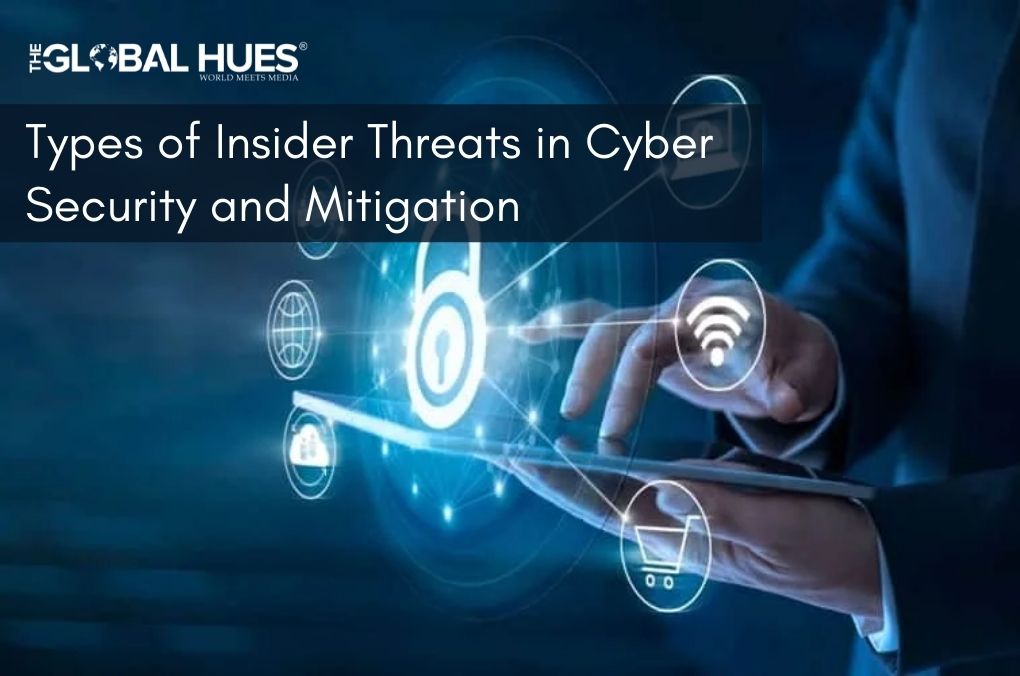Whether acting out of negligence or malice, insider threats are a significant cyber security risk for most organizations. The cost of an insider-originated incident can be twice that of an average breach, so it’s important to identify the different insider threats and prevent them from happening. While the dangers posed by insider threats have become more widely recognized, many organizations are still not allocating resources to mitigate this type of risk.
To help you understand how to handle the threats, we will discuss the different types of insider threats and some of the ways you can mitigate them. But before that, what are insider threats?
What Are Cybersecurity Insider Threats?
In cybersecurity, insider threats are security threats caused by people within your organization. This includes contract workers, employees, and partners. They can expose or damage confidential data and sabotage critical IT assets.
Often, insider attacks come from the people you trust. They use the trust you place on them to misuse access privileges. Most of them do this for personal gain, or they could, without knowing, expose business data.
Types of Insider Threats
Different types of insider threats exist in businesses. It’s important to be aware of them and prepare to deal with threats.
1. Malicious Insider
This is somebody who misuses legitimate access to data. They could do it for personal gains. These threats could include people who associate with the business. They come with malicious intent and have the incentive to commit the crime. Also, it could mean employees share proprietary data with another employer. Some of them use the data to start their own business.
Malicious intent from employees can stem from personal pleasures. It could also come from the association with cybercriminals. Malicious employees lack oversight. They are in the position to commit a misdeed and conceal it. To stop the malicious insider, you should classify data into categories and impose restrictions based on the role. You can apply Rayobyte residential proxy encryption methods to prevent access to sensitive data by unauthorized employees.
2. Disgruntled Employee
These are a subset of malicious insiders. Their motivations come from the need for retribution. When an employee feels aggrieved, they can act to harm the company. The feeling of disgruntlement may be a result of a coworker, the company, or a superior.
Actions by a disgruntled employee could include exposing confidential data. Some of them work to sabotage systems or try to damage the company’s reputation. An example is a case involving Gillette. A disgruntled product engineer revealed confidential razor designs to Schick. In response, Schick notified Gillette.
3. The Negligent Insider
Someone can cause a security threat through an accidental breach. They can also expose the system by downloading malware or misuse of tools. While the cause comes from laziness, it involves an employee who is unaware of the security risks.
Using improper applications and insecure devices can cause cybersecurity damage. The damage could affect the organization in many ways. Phishing is a common bait that traps inadvertent insiders. The emails will look genuine but include malicious links.
This continues to be among the ways criminals take advantage of inadvertent insiders. Data security surveys show 58% of employees clicked on phishing emails in 2020. To counter phishing, employees should only use secondary emails to confirm unusual requests.
5. Contractors and Vendors
This is a special category whereby outsiders become insiders. Contractors and vendors are a source of insider cybersecurity threats. Often, these insiders gain access to regulated data and sensitive systems.
Most of the data is valuable, and they can sell or compromise. Because the workers are not employed on a formal basis, they lack allegiance to the company. So, they might be negligent when handling information security processes. For example, the Target breach involved HVAC contractors who stole credentials.
Also, AT&T had to pay $25 million in fines for breaches. The breaches happened at vendor call centers. Before hiring a vendor, check if their security protocols will protect your data.
How to Mitigate Insider Threats in Cybersecurity
You need to acknowledge that your trusted employees and partners can be a threat. Most companies focus on external threats, forgetting about insider threats. Failure to focus on insider threats does not remove them. It’s important to have a strong program and measures to mitigate insider risk. Here are tips you could use.
-
Improve Internal Controls
Embrace practices like multi-factor authentication for your systems. You can also enforce dual control processes and segregation of duties. This makes offenses difficult to cover up or commit. Also, classify data and impose restrictions based on the role. Encrypt sensitive data through proxy software.
-
Track Your Data
Use data loss prevention software to check data transmissions. The software monitors activity and allows you to follow trails in case of a breach. You can also counter breaches if you have information beforehand.
Another solution is to put in place an endpoint protection platform. This controls ports and restricts access to devices like USB drives. To understand suspicious activities, apply behavioral analytics. Extra checks include sentiment analysis, which gauges employee feelings.
-
Build a Culture of Integrity
Give reporting options like a whistleblower program. You can also offer an anonymous hotline. Embrace a comprehensive security policy that defines how you can use data and apps.
Another step is to ensure top management displays ethical standards. Explain to employees how some actions can affect the company. Don’t only tell them not to do certain things.
Conclusion
There are no straightforward answers to insider threats. Notice the closest solution is to mitigate rather than prevent. This is because a lock will keep out honest people. You should trust employees and allow them to access information needed for their job. They should not feel oppressed while performing their duties. The ideal situation is to segment data and only offer them what they need.
Also, educate your employees on the ways their actions could expose the system to harm. The idea is to reduce the different types of insider threats. Work with the people you can trust to secure data and processes.



